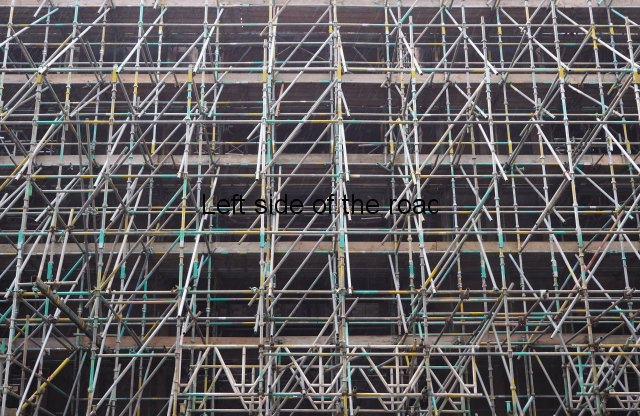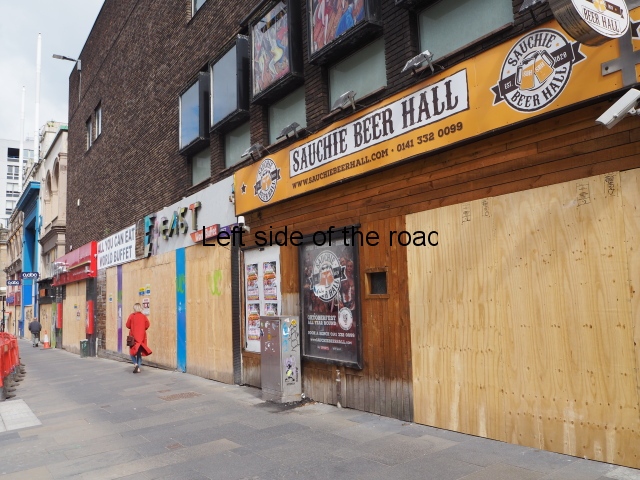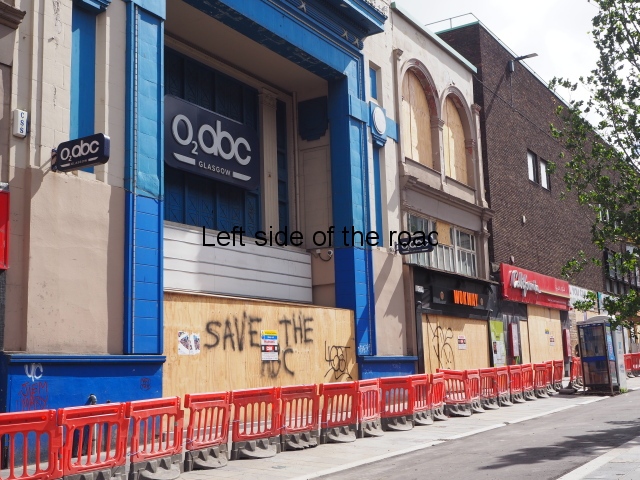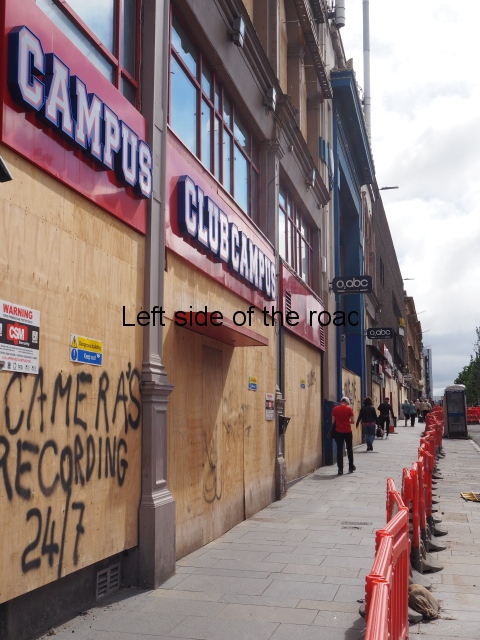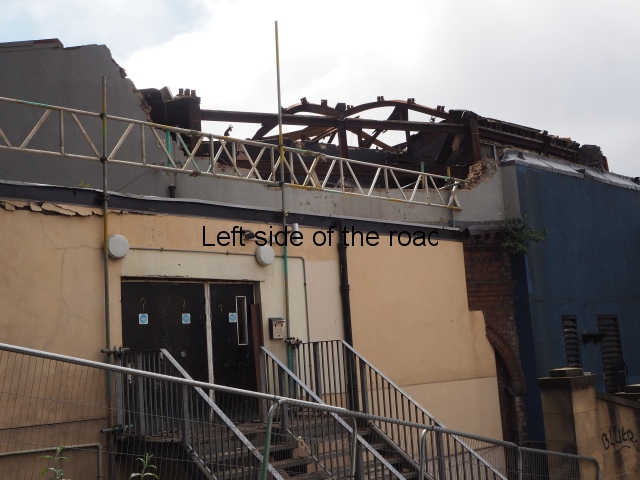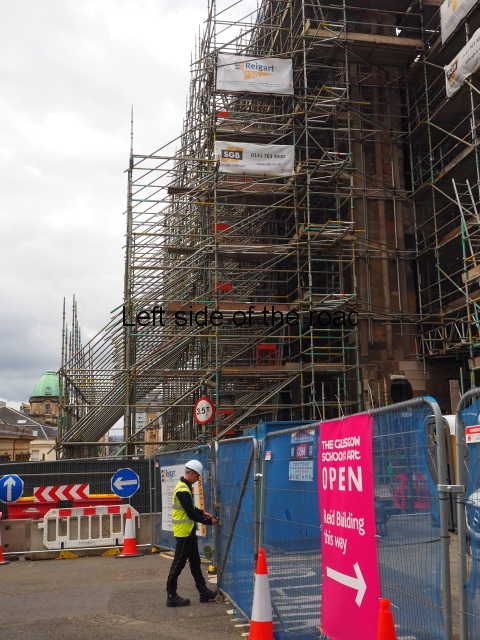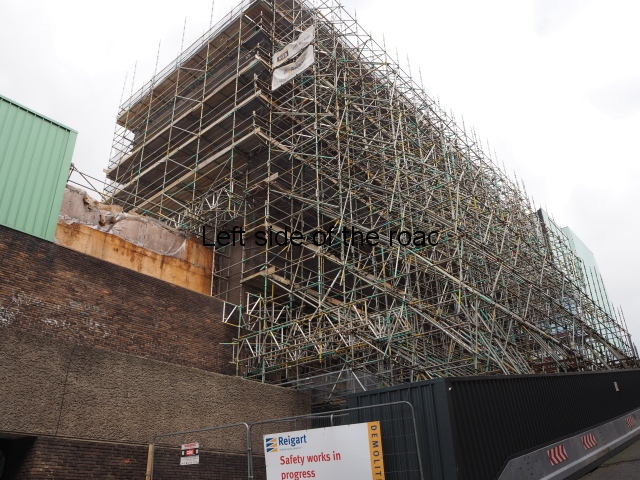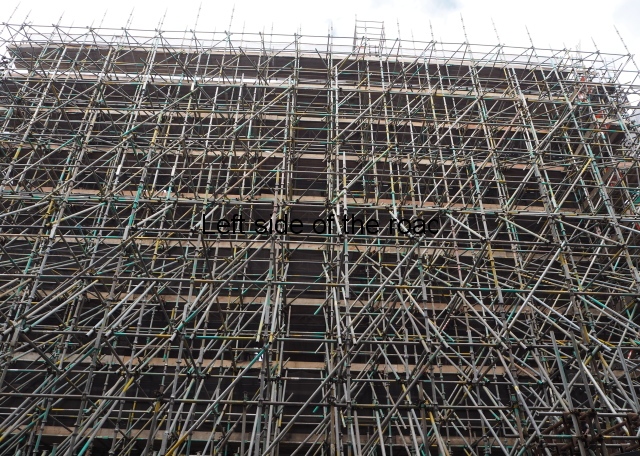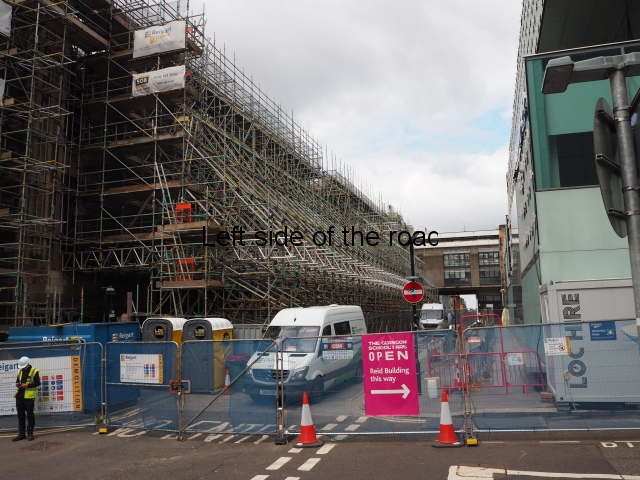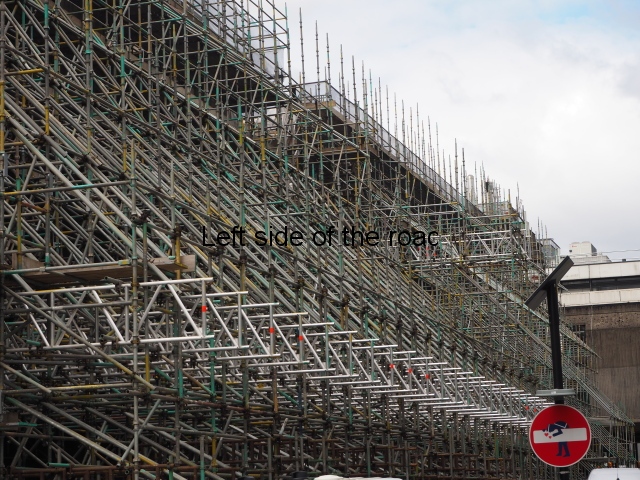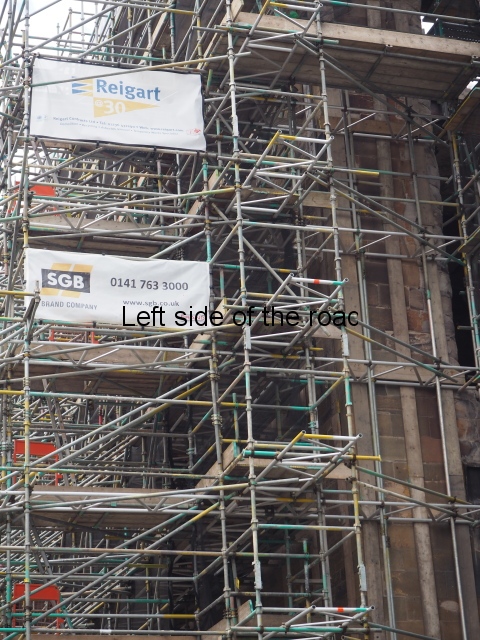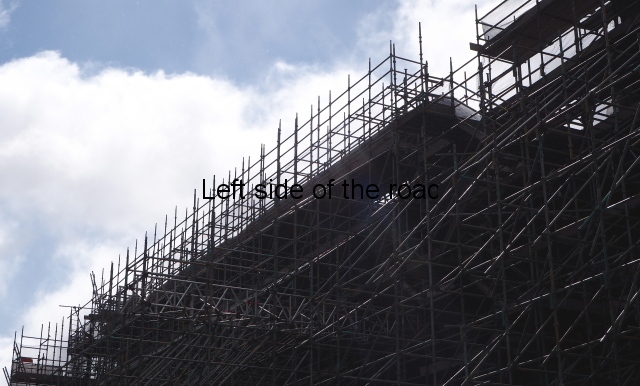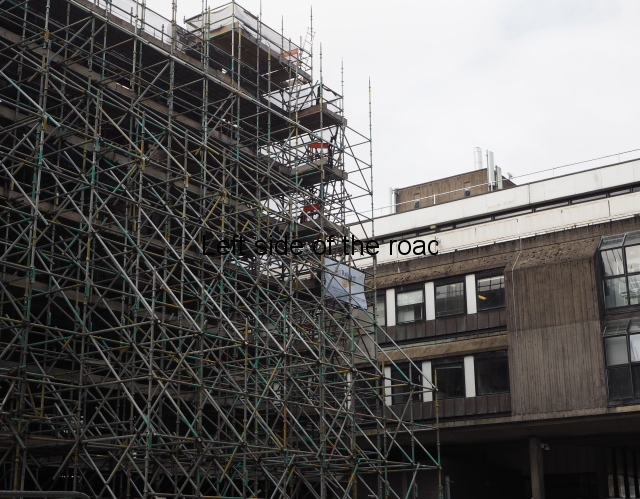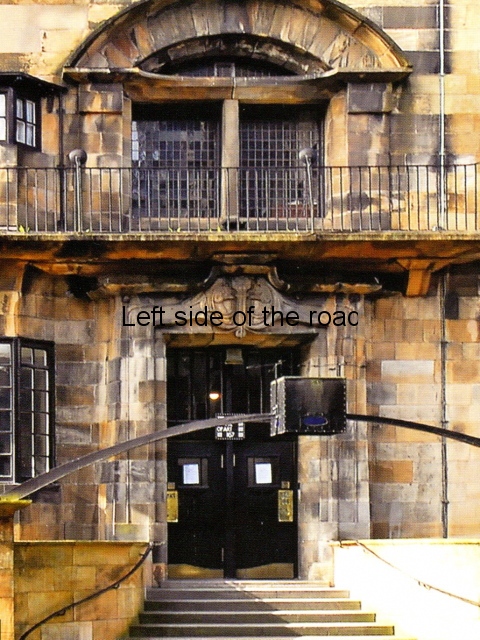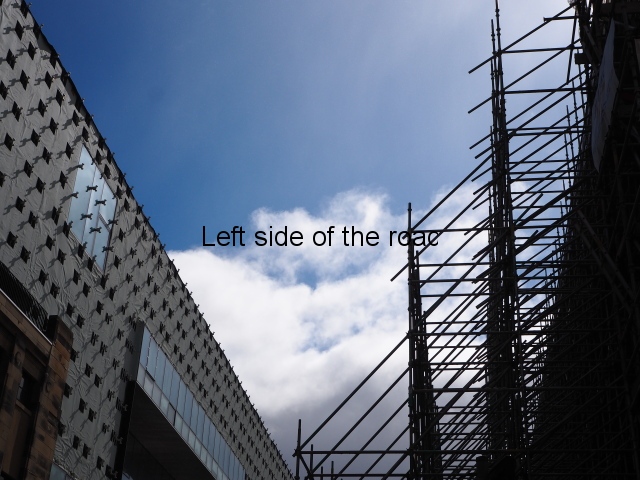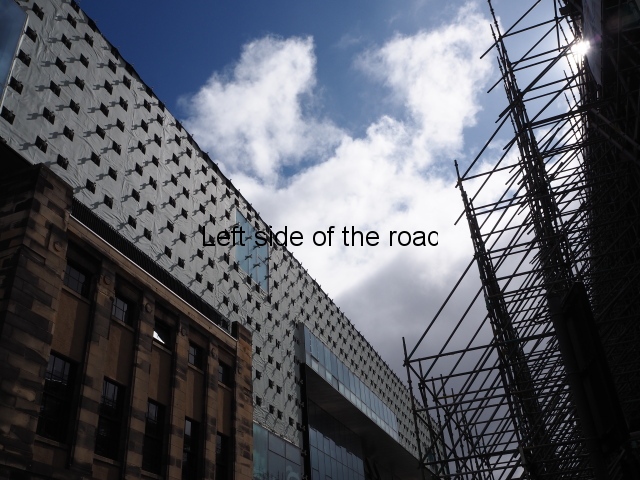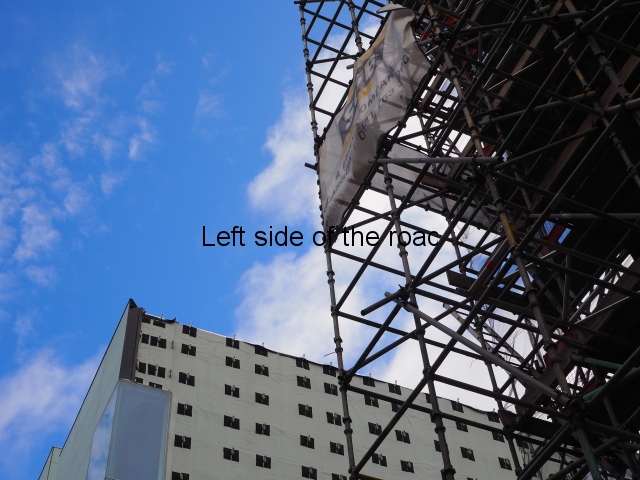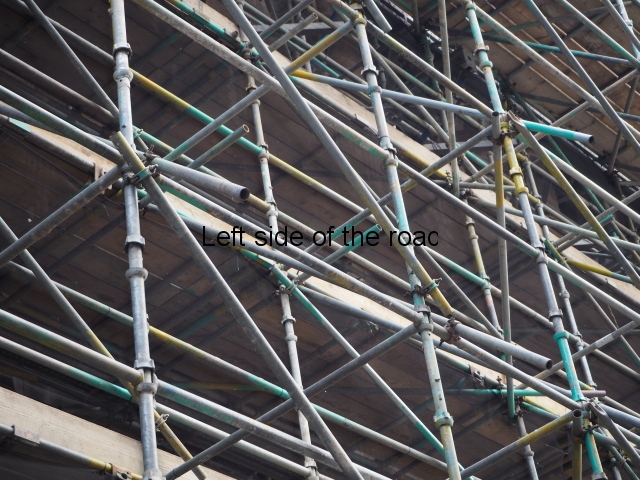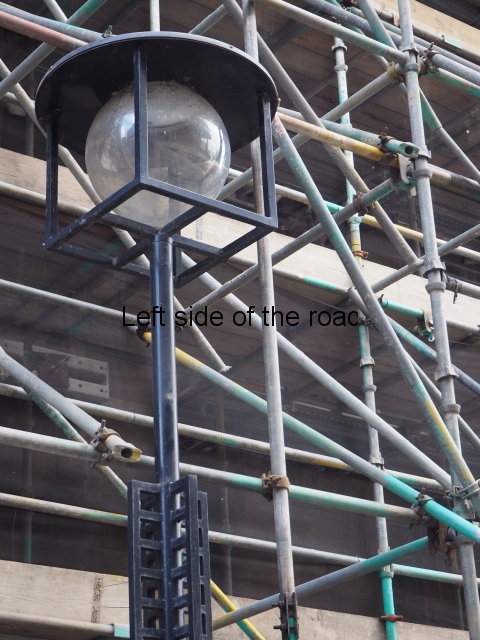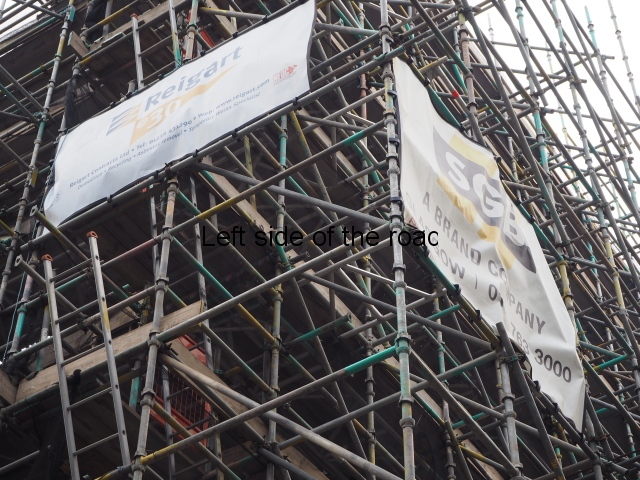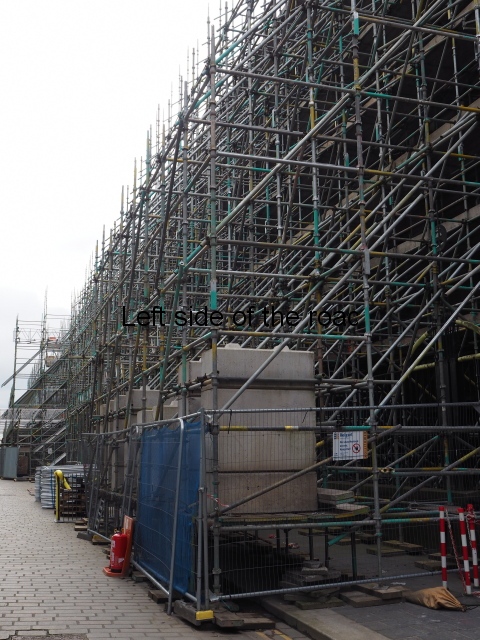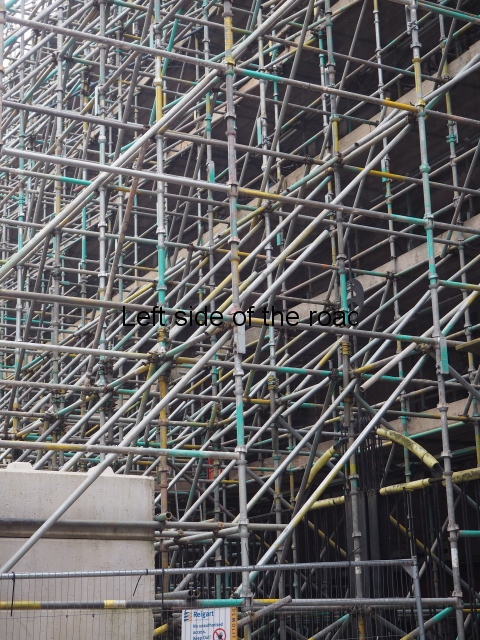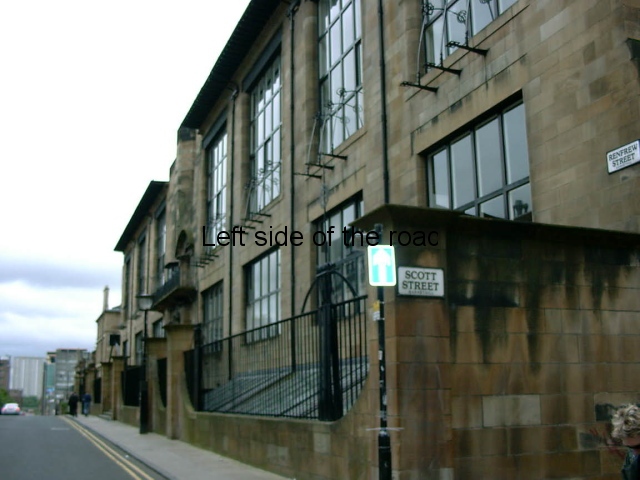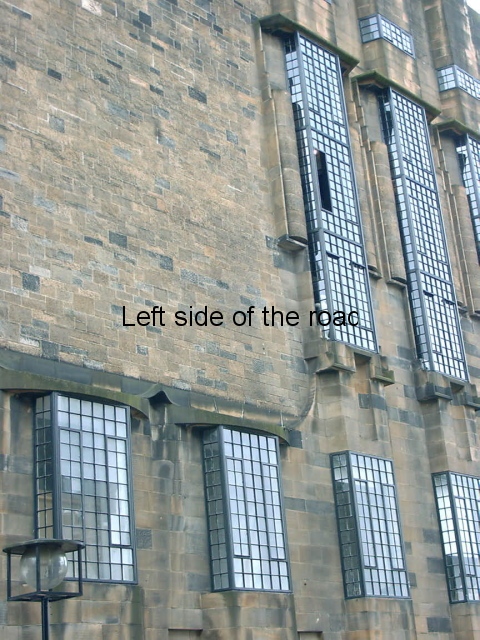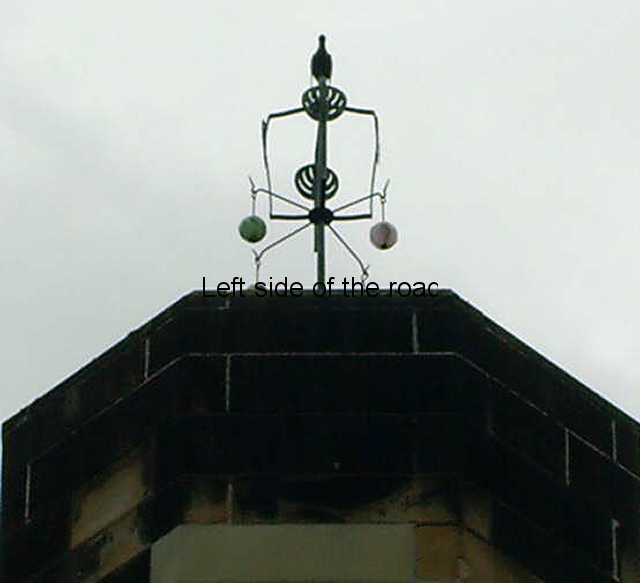
Albanian Socialist Sculptors
Ukraine – what you’re not told
Sculptors and Architects of Albanian Lapidars
‘Signatures’ of the artists weren’t always added to the sculptures associated with Albanian Lapidars before the middle of the 1980s. All the information about the structures would have been held in the offices of the Albanian League of Writers and Artists, as well as in the National Archives – but they might not be that accessible in the present post-Communist environment.
So the information below might be patchy but as I accumulate more I will attempt to create as full a picture as possible of the artists involved in the nationwide project.
The list is primarily one of sculptors, unless stated otherwise, in alphabetical order.
Description and photos of the Lapidars (Monuments), statues, bas reliefs and mosaics
H Beqiri
ALS 324 – Lapidar dedicated to the delivery of the land deeds – Gorrë
L Berhami
ALS 34 – Martyrs’ Cemetery – Librazhd, with M Turkeshi
Avni Bilbili
ALS 121 – Korca Martyrs’ Cemetery
Maksim Bushi (1948-present)
ALS 194 – Martyrs’ Cemetery – Lushnjë (1984)
Perikli Çuli
ALS 38 – Monument to the First Attack Brigade – Pishkash (1978), with Agim Rada
ALS 195 – Our Land – Lushnjë (1987)
ALS 476 – Lapidar dedicated to the wars of Skanderbeg – Kaninë (1968)
Piro Dollaku
ALS 121 – Martyrs’ Cemetery – Korça, with Ilia Xhano
ALS 262 – First bas relief – Martyrs’ Cemetery – Borovë, with Ilia Xhano
ALS 263 – Partisan and Child – Borovë, with Ilia Xhano
Muntaz Dhrami
ALS 12 – Mother Albania – National Martyrs’ Cemetery – Tirana (1972), with Shaban Hadëri and Kristaq Rama
ALS 13 – Monument to the Artillery – Sauk – (1968), with Shaban Hadëri and Kristaq Rama
ALS 17 – Monument to Heroic Peze – Pezë e Vogël – (1977), with Kristo Krisiko
ALS 19 – Monument to the 22nd Brigade – Pezë e Madhe, with Kristo Krisiko
ALS 20 – Long Live the Fallen of Peze – Pezë e Madhe (1977), with Kristo Krisiko and Nina Mitrogjorgi (architect)
ALS 147 – Long Live the First Brigade – Makërzë (1969), with Shaban Hadëri and Kristaq Rama
ALS 192 – Bust of Shkurte Pal Vates – Dushk (1968) (destroyed)

Shkurte Pal Vata by Muntaz Dhrami
ALS 395 – Obelisk to the Albanian Language – Gjirokastra, with Ksenofon Kostaqi and Stefan Papamihali
ALS 438 – Drashovice Arch 1920-1943 – Drashovice
ALS 460 – Independence Monument – Vlora – (1972), with Shaban Hadëri and Kristaq Rama
ALS 464 – 1920 – Memorial to the events of 1920 (1970), with Shaban Hadëri and Kristaq Rama
ALS 510 – Priske Monument – Priske e Madhe (1978), with Sofokli Koci
‘Keep high the revolutionary spirit’ (bronze) 1966.
You can get an idea of Dhrami’s work, both during the period of Socialist construction and in subsequent years by taking a look at Muntaz Dhrami – Sculpture over the years 1956-2011. It’s also possible to see here that once Dhrami is ‘released’ from the ‘confines’ of figurative art he rapidly drifts into abstraction and displays elements of despair which dominates bourgeois art in capitalist countries. Whether his work progressed after 1990 is debatable.
Q Dono
ALS 307 – Martyrs’ Cemetery – Fier, with GJ Toska
Hector Dule
ALS 10 – On the road to war – Tirana
ALS 166 – Monument to Resistance – Durrës, with Fuat Dushku
ALS 394 – Monument to Skenderbeu’s Wars – Gjirokastra (1968)
ALS 504 – Monument to Mushqeta – Bërzhitë – (1969), with K Miho (architect)
‘The pick in one hand and the rifle in the other’ (bronze statue) 1966. Last seen at the back of the National Art Gallery in Tirana.

Pickaxe in one hand and a rifle in the other
Fuat Dushka (1934-2007)
ALS 166 – Monument to Resistance – Durrës, with Hector Dule
ALS 675 – Bas relief and statue of Bajam Curri– Bajam Curri

Four Heroines of Mirdita, Rreshen
‘Four Heroines of Mirdita’ (bronze) 1971. It was purposely destroyed by reactionary political forces in Mirdita. This was one of the very first large and complex statues made during the Albanian Socialist Cultural Revolution and was a challenge for the sculptor and foundry workers. With Dh. Gogollari, Perikli Çuli, Andrea Mano and architects S Mosko and B Ferra.
‘Metalworker’ (bronze),1979, statue in National Art Gallery, Tirana
Shaban Hadëri
ALS 12 – Mother Albania – National Martyrs’ Cemetery – Tirana (1972), with Muntaz Dhrami and Kristaq Rama
ALS 13 – Monument to the Artillery – Sauk – (1968), with Muntaz Dhrami and Kristaq Rama
ALS 147 – Long Live the First Brigade – Makërzë (1969), with Muntaz Dhrami and Kristaq Rama
ALS 460 – Independence Monument – Vlora – (1972), with Muntaz Dhrami and Kristaq Rama
ALS 464 – 1920 – Memorial to the events of 1920 (1970), with Muntaz Dhrami and Kristaq Rama
ALS 675 – Monument to the 5 Heroes of Vig – Shkodër (1969 – the original in plaster)
U Hajdari
ALS 86 – Monument to the Provocations of 2nd August 1949 – Bilisht (1969), with J Paço
Possibly Mother Albania expelling the priest and military in Gjirokastra
Sofokli Koci
ALS 510 – Priske Monumental Lapidar – Priskë e Madhe (1978), with Mumtaz Dhrami
Kristina Koljaca
Statue of VI Lenin in National Art Gallery ‘Sculpture Park’
Ksenofon Kostaqi
ALS 395 – Obelisk to the Albanian Language – Gjirokastra, with Muntaz Dhrami and Stefan Papamihali
ALS 407 – Monument to the Border Forces – Kakavijë, with Stefan Papamihali
Traditional Musicians and Dancers – Gjirokastra (1983), Kristo Krisiko
ALS 17 – Monument to Heroic Peze – Pezë e Vogël – (1977), with Muntaz Dhrami
ALS 19 – Monument to the 22nd Brigade – Pezë e Madhe, with Muntaz Dhrami
ALS 20 – Long Live the Fallen of Peze – Pezë e Madhe (1977), with Muntaz Dhrami and Nina Mitrojorgji (Architect)
R Kote (architect)
ALS 147 – Long Live the First Brigade – Makërzë (1969), with Muntaz Dhrami and Kristaq Rama
S Kraja
ALS 583 – Monument to the 1911 Uprisings – Hani i Hotit (1971), with H Kruja
H Kruja
ALS 580 – Bust of the Peoples’ Hero Vasil Shanto – Vrakë (1971)
ALS 583 – Monument to the 1911 Uprisings – Hani i Hotit (1971), with S Kraja
Andrea Mano (1919-2000)
ALS 1 – Monument to the Partisan – Tirana
‘The Chinese Peasant’, 1965, bronze head and shoulders in the National Art Gallery, Tirana
The large ‘Skenderberg’ statue (bronze), 1968, in Tirana main square, in collaboration with Odise Paskali and Janaq Paco

Skenderberg – Skenderbeu Square, Tirana
Todi Mato
ALS 49 – Sculpture at the Martyrs’ Cemetery – Pogradec
K Miho (architect)
ALS 504 – Monument to Mushqeta – Bërzhitë – (1969), with Hector Dule
Taqo Miho
ALS 9 – Monument to the anti-Fascist Group DEBATIK (1988), Nina Mitrojorgji (Architect)
ALS 20 – Long Live the Fallen of Peze – Pezë e Madhe (1977), with Kristo Krisiko and Muntaz Dhrami
Nina Mitrojorgji (architect)
ALS 20 – Peze War Memorial, at the Peze Conference Memorial Park. With sculptors Mumtaz Dhrami and Kristo Krisiko (1977).
Janaq Paço (1914-1991)
ALS 86 – Monument to the Provocations of 2nd August 1949 – Bilisht (1969), with U Hajdari
The large ‘Skenderberg’ statue (bronze), 1968, in Tirana main square, in collaboration with Odise Paskali and Andrea Mano.

Skenderberg – Skenderbeu Square, Tirana
The bronze head of a girl, 1966, in the National Art Gallery, Tirana.

Girl (bronze) – Janaq Paço
Also, what was at the time, a controversial ‘Nude’ (bronze), 1963, in the National Art Gallery, Tirana. It was purchased 5th May 1964, and until 1974 was a full, seated nude. Paço was ordered to destroy all of his nudes as his word was ‘manifesting foreign influences and banned ideology’. What is in the gallery now is all that remains.

Nude – Janaq Paço – 1963
Stefan Papamihali
ALS 395 – Obelisk to the Albanian Language – Gjirokastra, with Kristo Krisiko and Muntaz Dhrami
ALS 398 – Partisan – Gjirokastra
ALS 407 – Monument to the Border Forces – Kakavijë, with Ksenofon Kostaqi
Odhise Paskali (1903-1985)
ALS 123 – Nationalist Fighter – Korça (1937)
ALS 244 – Comrades – Martyrs’ Cemetery – Përmet (1964)
ALS 246 – Monument dedicated to the creation of peoples’ power – Përmet (1964)
ALS 276 – Monument to the Martyr of Kolonje – Ersekë (1938)
ALS 590 – Monument dedicated to the Assembly of Lezha – Lezha (1968)
Bust to Vojo Kushi in Tirana
The statue of Cerciz Topulli (1932, bronze) which stands in the square that bears his name in Gjirokaster Old Town.
The large ‘Skenderberg’ statue (bronze), 1968, in Tirana main square, in collaboration with Janaq Paço and Andrea Mano.

Skenderberg – Skanderbeu Square, Tirana
The bust of ‘The Two Heroines‘ – being two young women, Bule Naipi and Persefoni Kokëdhima, who were publicly executed for their Partisan activity in 1944 in Gjirokastra.

The Two Heroines – Odhise Paskali
He also created ‘The Triumphant Partisan’ (1968). This depicts a Nazi soldier being forced to the ground by an Albanian Communist Partisan. The original is at the Mauthausan Concentration Camp in Austria – where many Albanians were taken if captured – but there’s a copy in the Castle Museum in Gjirokastra.

The Triumphant Partisan – Gjirokastra
Agim Rada
ALS 38 – Monument to the First Attack Brigade – Pishkash (1978), with Perikli Çuli
Kristaq Rama (1932-1998)
Biographical Note: Born in Durrës. Father of Edi Rama (also trained as an artist), who was first Mayor of Tirana and then leader of the Socialist Party and Prime Minister from 2013 to the present.
ALS 12 – Mother Albania – National Martyrs’ Cemetery – Tirana (1972), with Shaban Hadëri and Muntaz Dhrami
ALS 13 – Monument to the Artillery – Sauk – (1968), with Shaban Hadëri and Muntaz Dhrami
ALS 141 – Monument to Communist Guerrillas – Korça
ALS 147 – Long Live the First Brigade – Makërzë (1969), with Shaban Hadëri and Muntaz Dhrami, with R Kote (architect)
ALS 167 – Ulqinaku Mujo – Durrës
ALS 327 – Monument to Agrarian Reform – Krutje e Sipërme (1966)
ALS 460 – Independence Monument – Vlora – (1972), with Shaban Hadëri and Muntaz Dhrami
ALS 464 – 1920 – Memorial to the events of 1920 (1970), with Shaban Hadëri and Muntaz Dhrami
ALS 547 – Martyrs’ Cemetery – Bajram Curri (Kushtrimtari)
ALS 554 – Bust of the Peoples’ Heroine Qerime Shota Galicia – Kukës (1968)
Relief on Government Building, ‘Family’, 1974, concrete, Tirana.
The bronze sculpture of a worker (Republic’s Contemporary), 1964, in the National Art Gallery, Tirana.

Republic’s Contemporary 1964 – Kristaq Rama
Kristo Sitiris (1870-1953) (architect)
ALS 168 – Durrës War Memorial mosaic. Artists Nikolet Vasia, Gavril Priftuli and F SH.
Thoma Thomai
ALS 245 – Monument to Sixth Brigade – Përmet
ALS 260 – Grenade Ambush – Barmash
ALS 262 – Martyrs’ Cemetery – Borovë
ALS 594 – Monument dedicated to the wars of Skanderbeg or The Battle of Zidolli Obelisk (April 24, 1467) – Fushë Krujë (1968) – reconstructed in 2012 by the architect Enea Papa
GJ Toska
ALS 307 – Martyrs’ Cemetery – Fier, with Q Dono
M Turkeshi
ALS 34 – Martyrs’ Cemetery – Librazhd, with L Berhami
Ilia Xhano
ALS 121 – Martyrs’ Cemetery – Korça, with Piro Dollaku
ALS 262 – First bas relief – Martyrs’ Cemetery – Borovë, with Piro Dollaku
ALS 263 – Partisan and Child – Borovë, with Piro Dollaku









